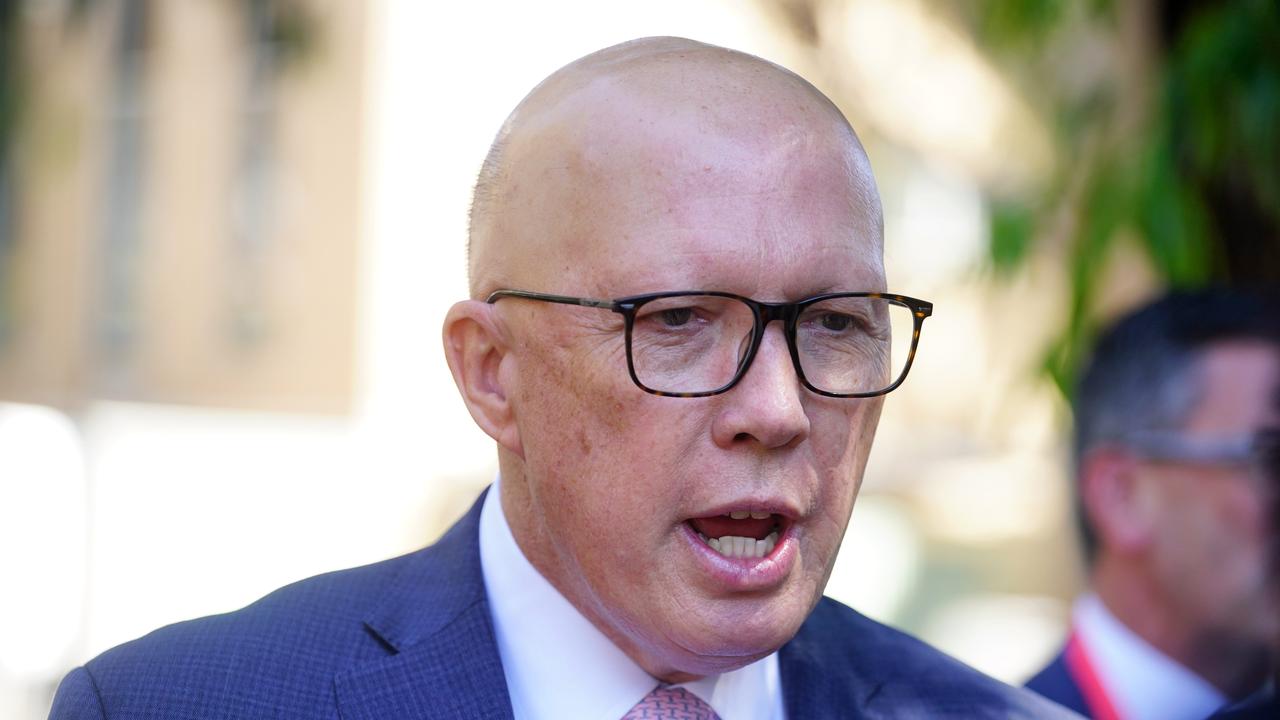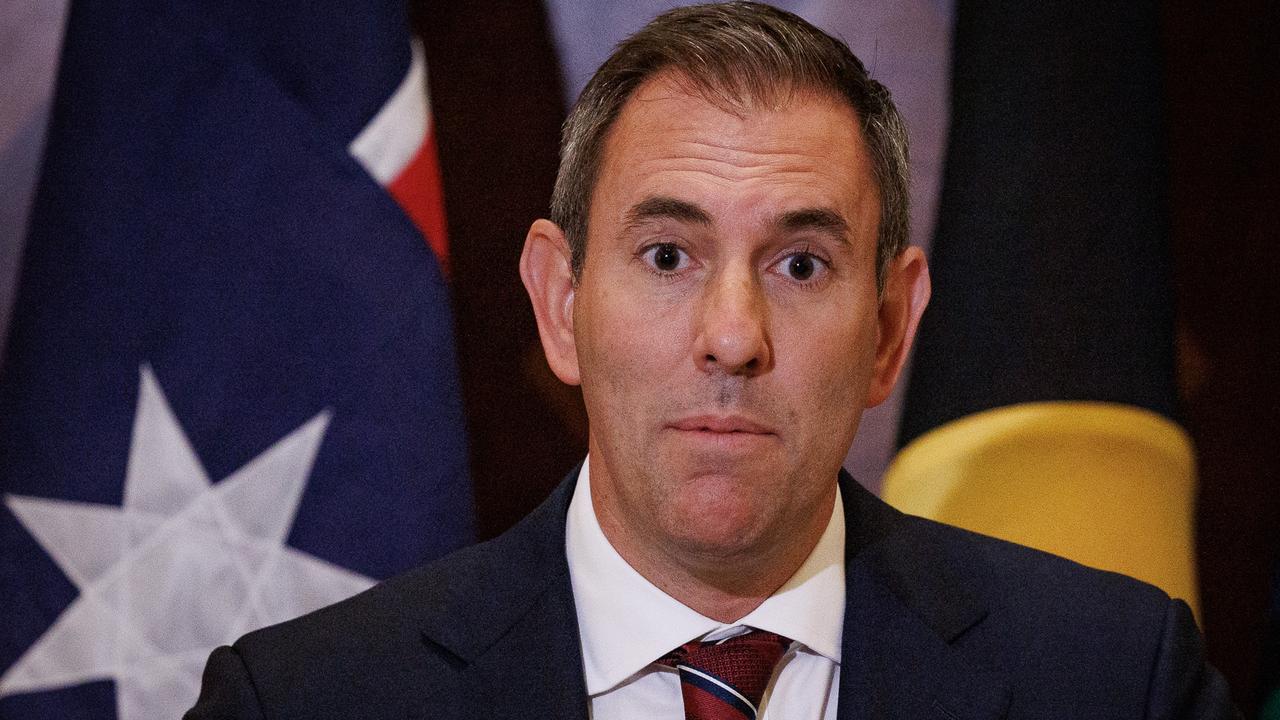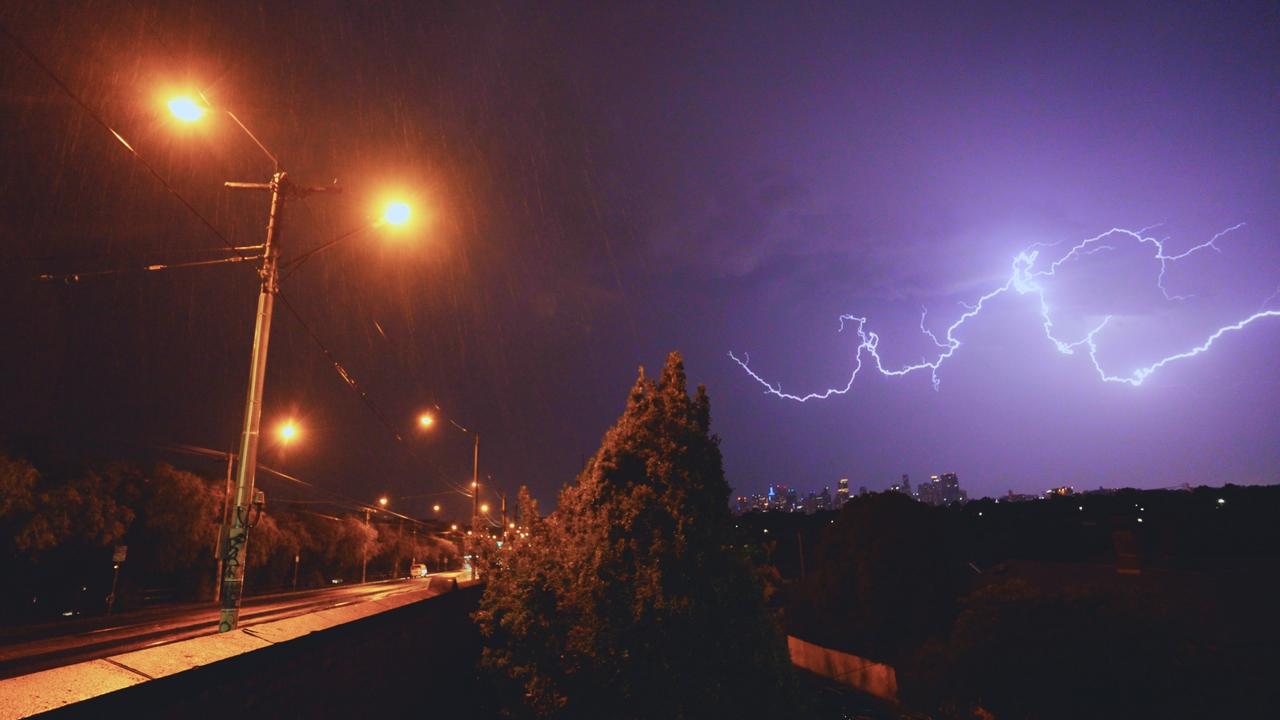January rainfall: Latrobe Valley tops the state with 76.6mm
Rain has been scarce in a lot of places in Victoria at the start of 2025, but one region has been fortunate. We break down the best totals.
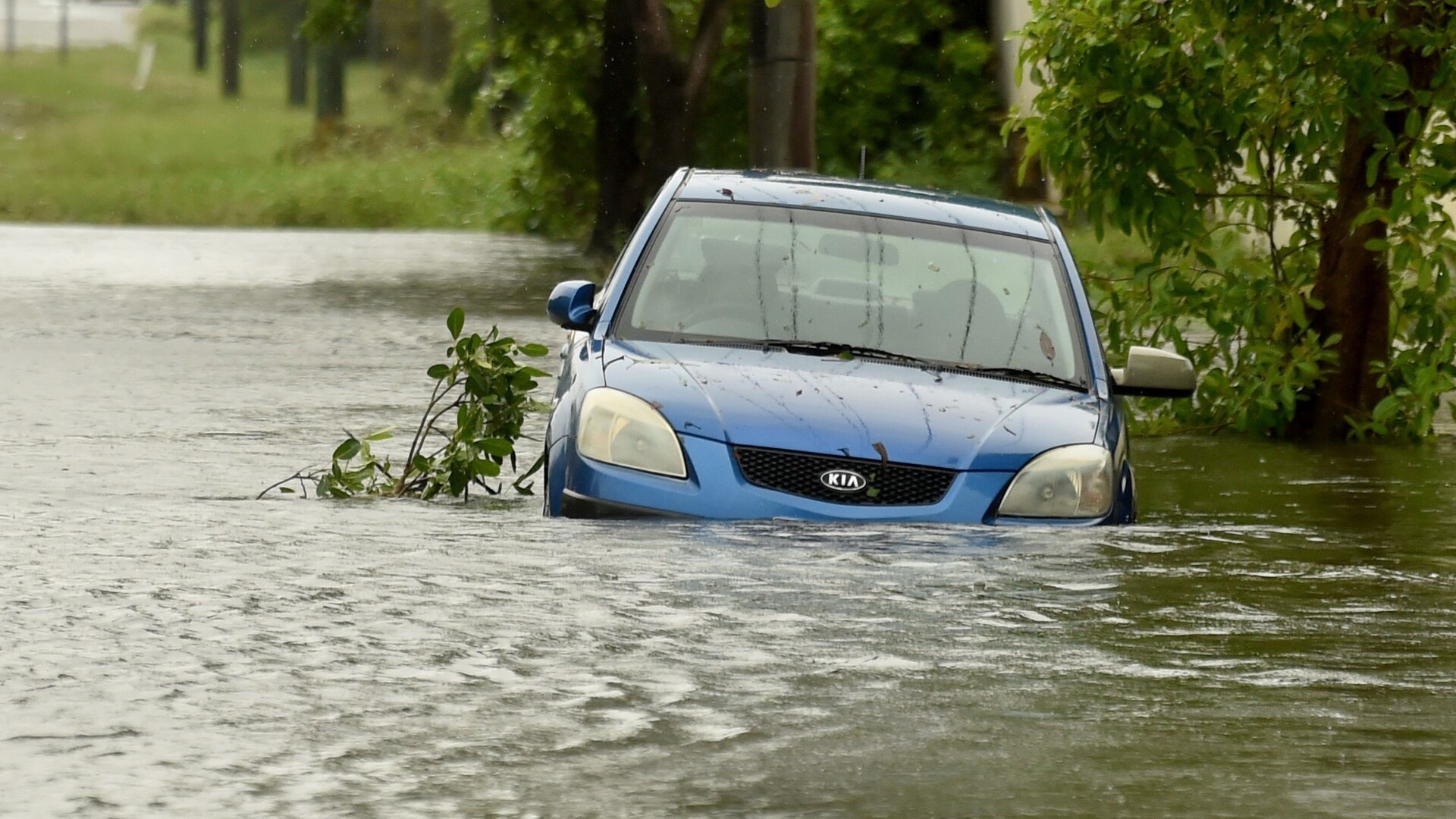
Victoria
Don't miss out on the headlines from Victoria. Followed categories will be added to My News.
Gippsland has escaped the big dry taking hold in most parts of Victoria with several eastern centres receiving above average rainfall in January.
Of the weather stations regularly monitored by The Weekly Times, the Latrobe Valley recorded the most rain in the state for the month with 76.6mm, well up on the long-term monthly average of 50.7mm.
It was a similar story in East Gippsland where Orbost had 74.4mm, easily eclipsing the January average of 52.3mm.
Other centres in Gippsland to record more than their monthly average were Sale with 68.4mm and Bairnsdale 55.4mm.
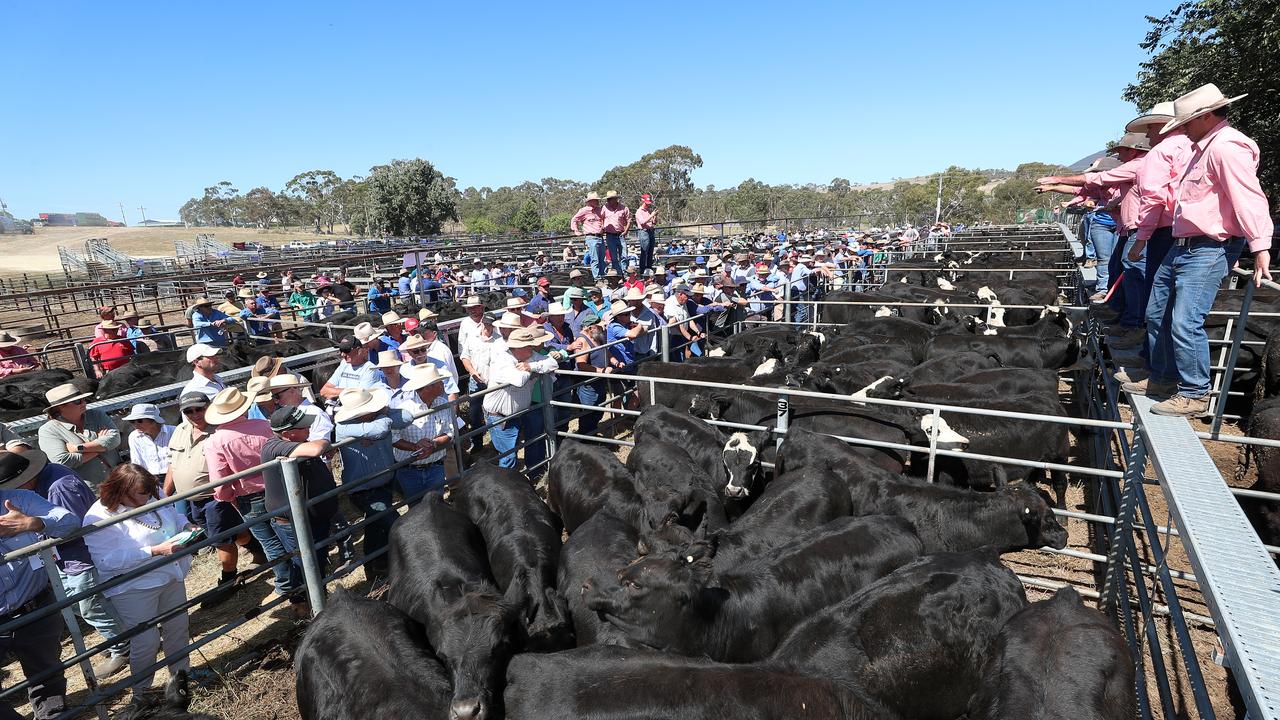
Omeo, where the Mountain Calf Sales will be held in early March, recorded 61.4mm, which was just under the January average of 64.2mm.
It’s been a welcome start to the new year after a drier than average 2024 for the region.
Bairnsdale-based Bill Wyndham & Co auctioneer Jake Fullgrabe said “East Gippsland looks good”.
“Prior to Christmas it started to get dry and we started to panic a bit,” he said.
“But then through Christmas-New Year and the start of January, we had a few thunderstorms come through.
“We had places like Bairnsdale, Lakes Entrance, Buchan, Omeo, where if you were underneath a thunderstorm, you got an inch of rain.
“In some places it looks like spring again and we’ve got a season again.
“Follow up rain before the autumn would be ideal, but East Gippsland looks good.”
But for southwest Victoria and the Mallee and Wimmera, the start to 2025 has not been so fortunate.
Portland had only 5.9mm for January and Hopetoun had even less with 4.2mm.
Single figure totals were also recorded at Warrnambool with 8.4mm, Swan Hill (6mm) and Charlton and Mildura both having only 4.8mm.
Across the border into southern NSW, Deniliquin had only 3mm and Hay received 5.2m.
But Wagga bucked the trend with 69.8mm as 32.4mm of the monthly total came in a January 15 thunderstorm.
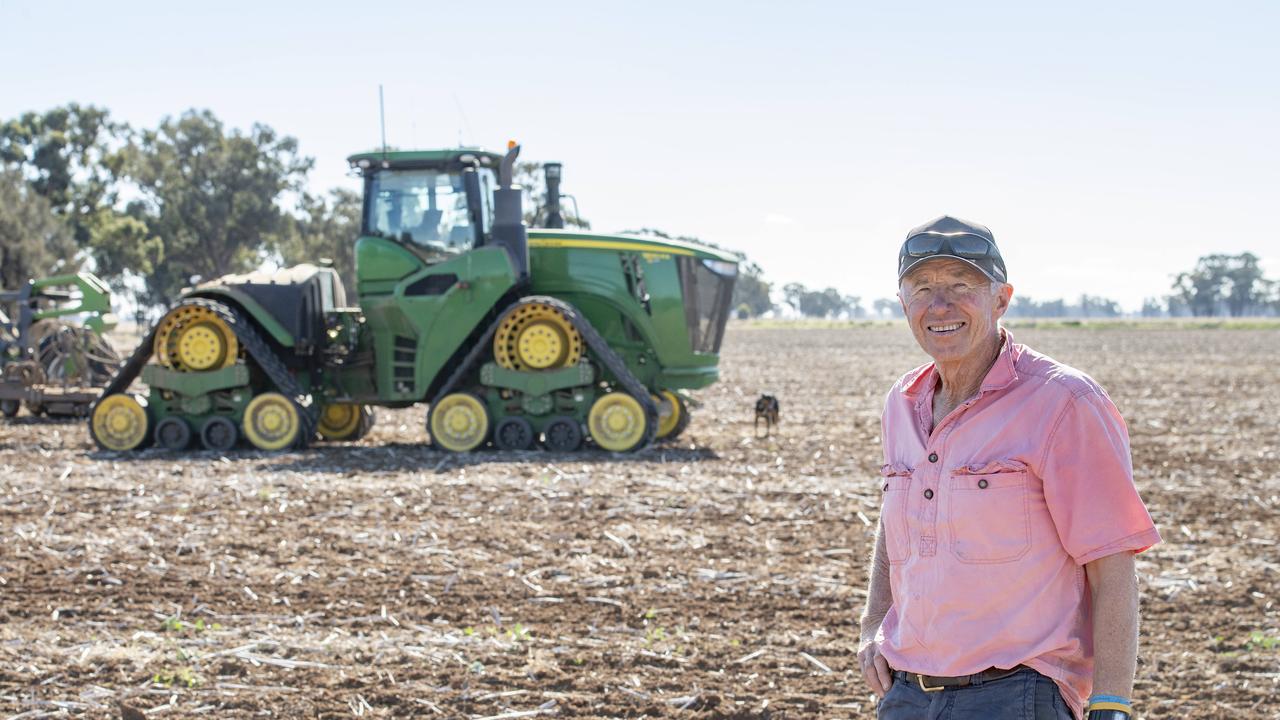
Roy Hamilton of Rand in southern NSW said the current warm temperatures were what he considered a return to more traditional weather patterns.
“I have been to a few rodeos in terms of weather in the past 20 years and it has been out of the ordinary at times, but this is what we expect at this time of the year,” he said.
However, he conceded it was drying out, and farmers certainly wouldn’t knock back rain.
The dry conditions had allowed him to complete up to 90 per cent of the spraying of summer weeds that needed to be done post harvest.
More Coverage
Originally published as January rainfall: Latrobe Valley tops the state with 76.6mm



